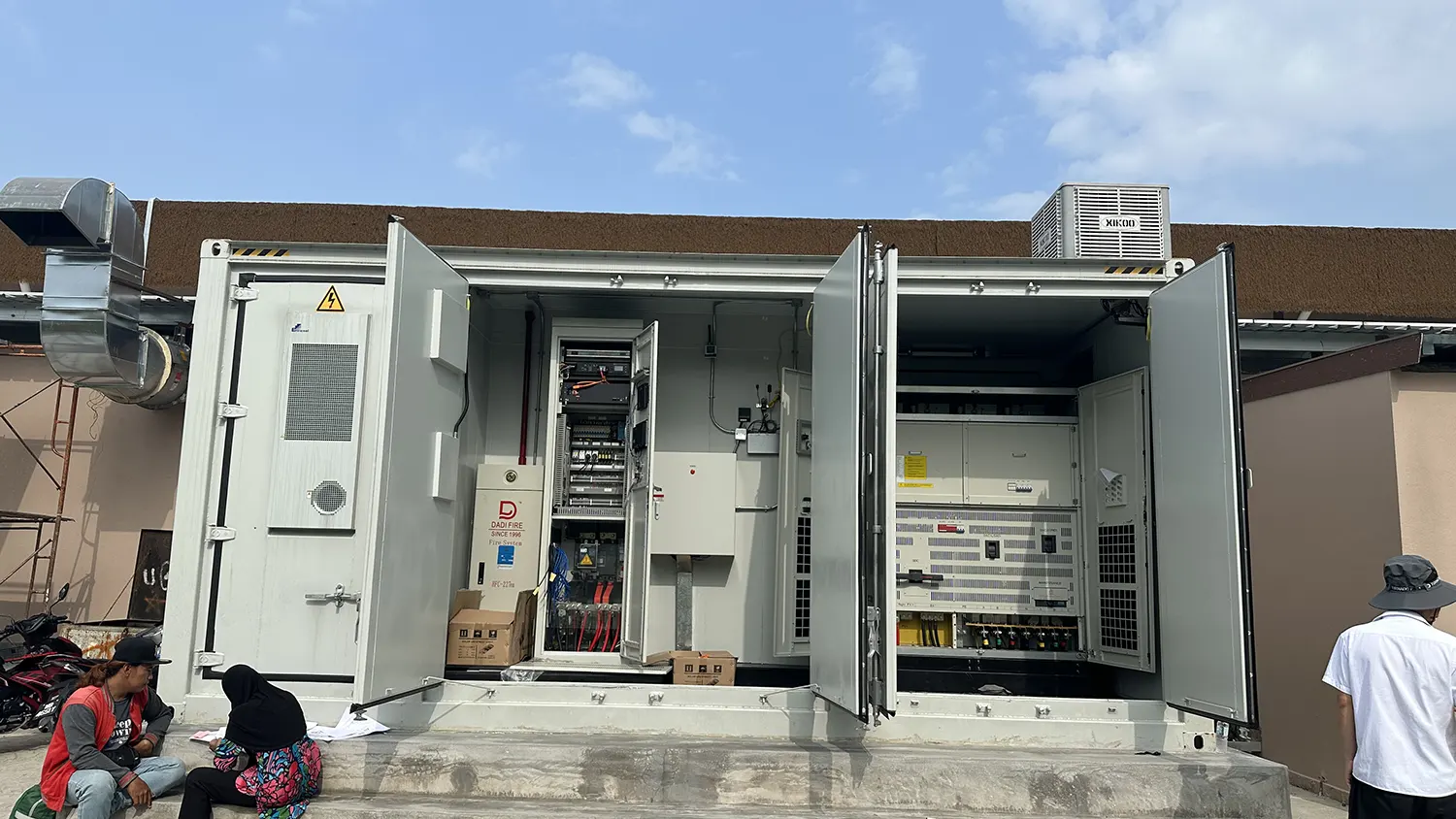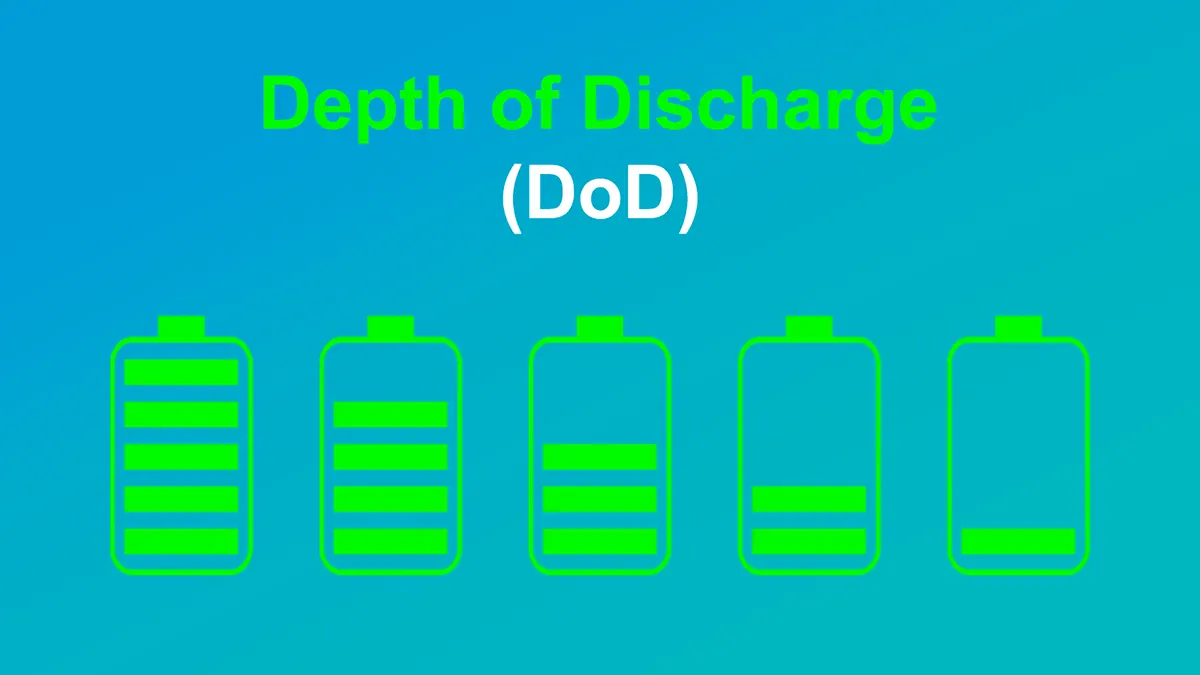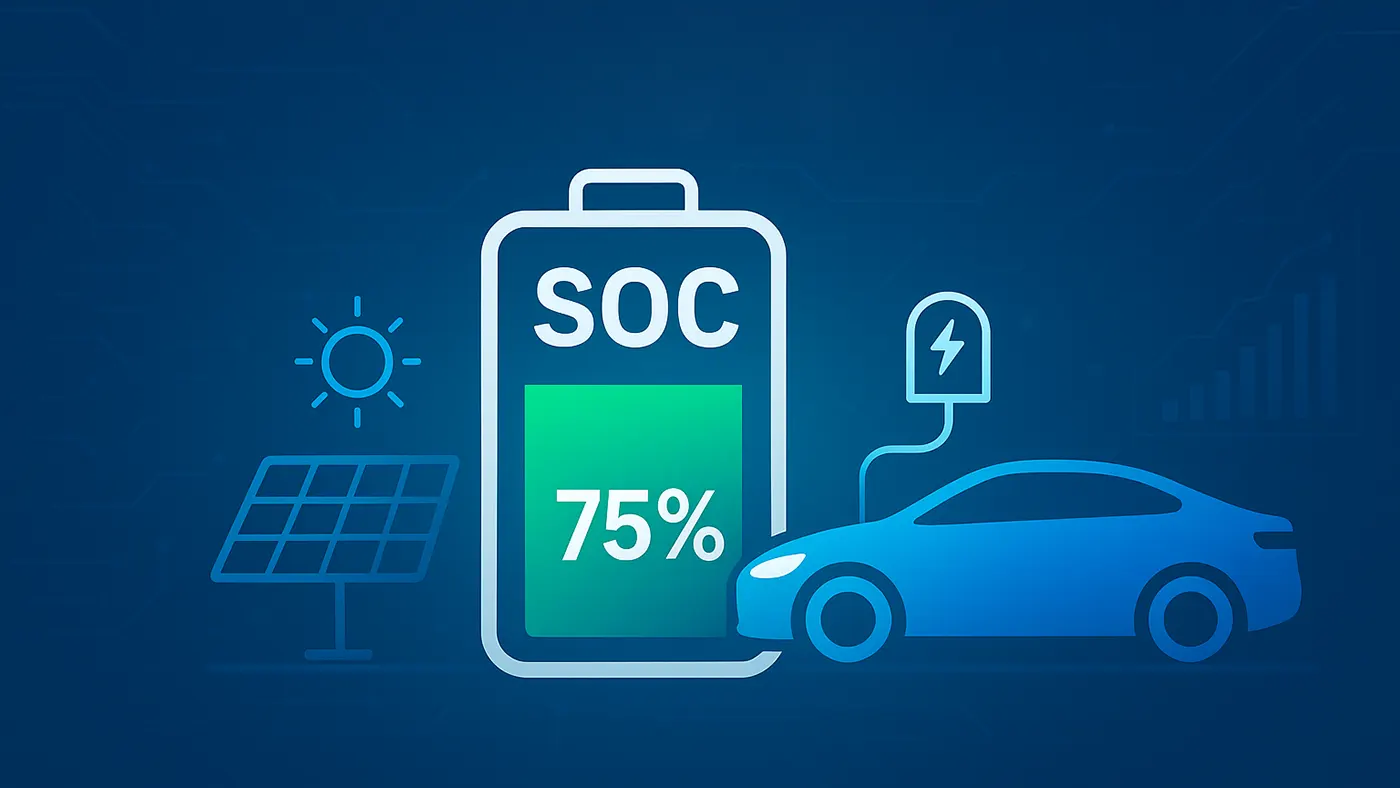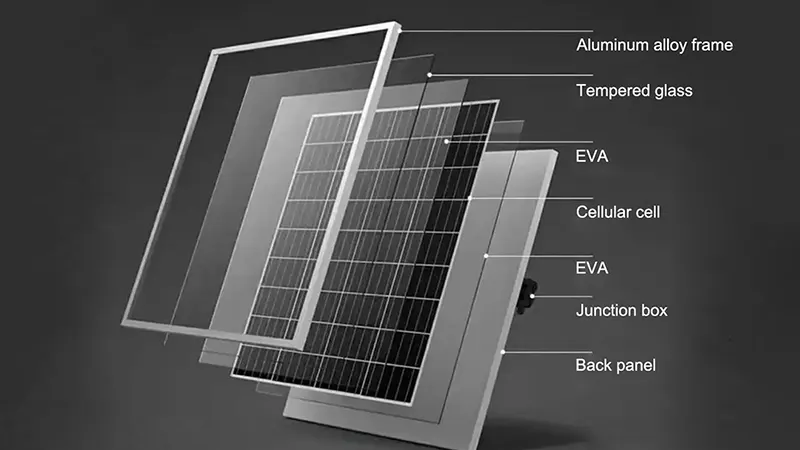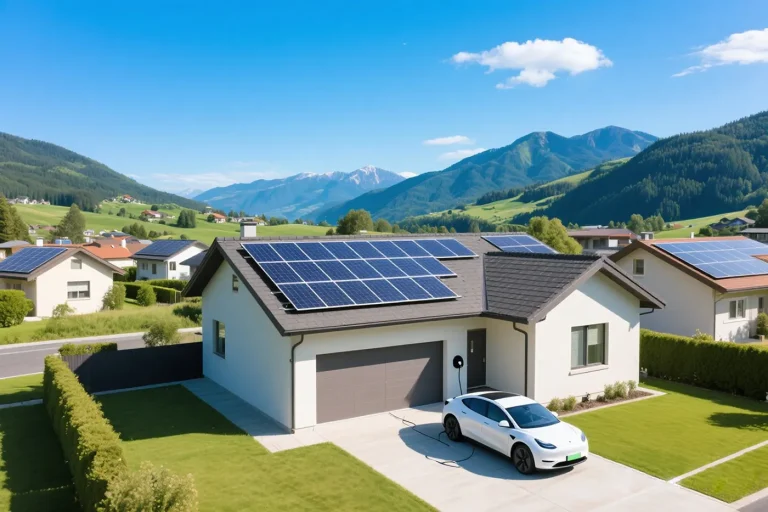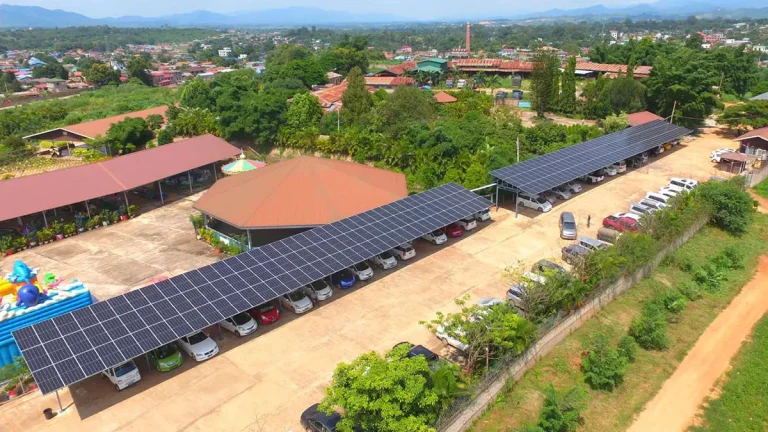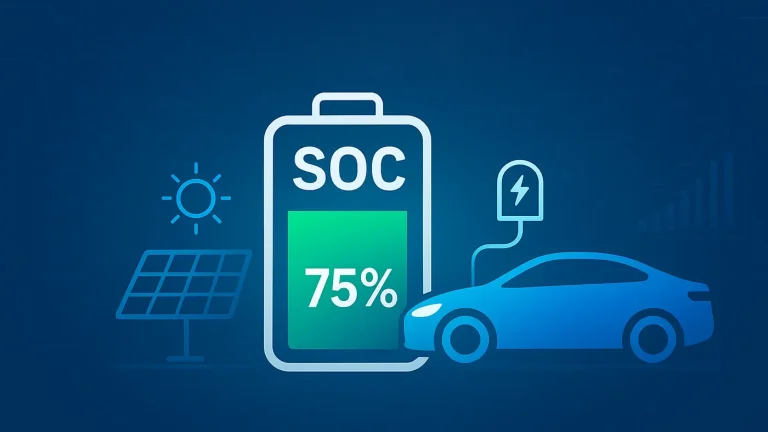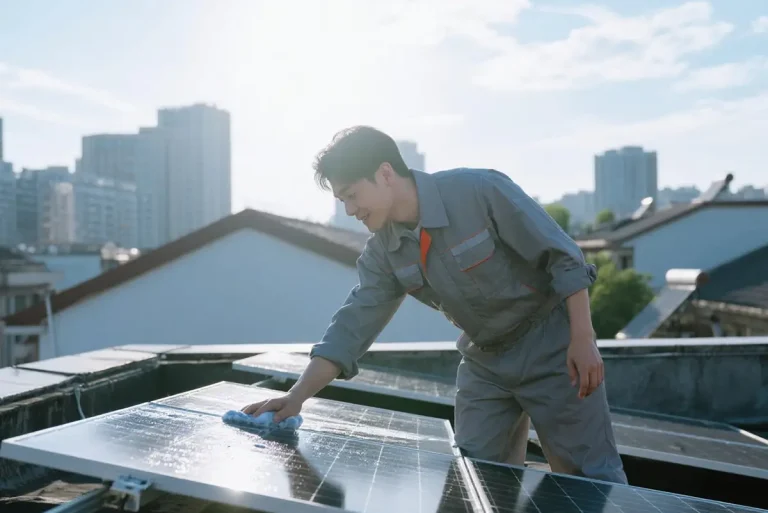16 January, 2025
What Does a Solar Inverter Do?
Solar inverter is an indispensable part of the photovoltaic system, the main function of the inverter is to convert the direct current generated by the solar panels into alternating current for home appliances, and all the electricity generated by the solar panels has to be processed by the inverter in order to be output to the outside world.
What Is a Solar Inverter?
A solar inverter is an electrical device that obtains sinusoidal alternating current (AC) power matching the frequency and rated voltage of the lighting load for use by the end user of the system by means of a full-bridge circuit, generally using an SPWM processor after modulation, filtering, boosting, and so on. With an inverter, a DC battery can be used to provide AC power to electrical appliances.
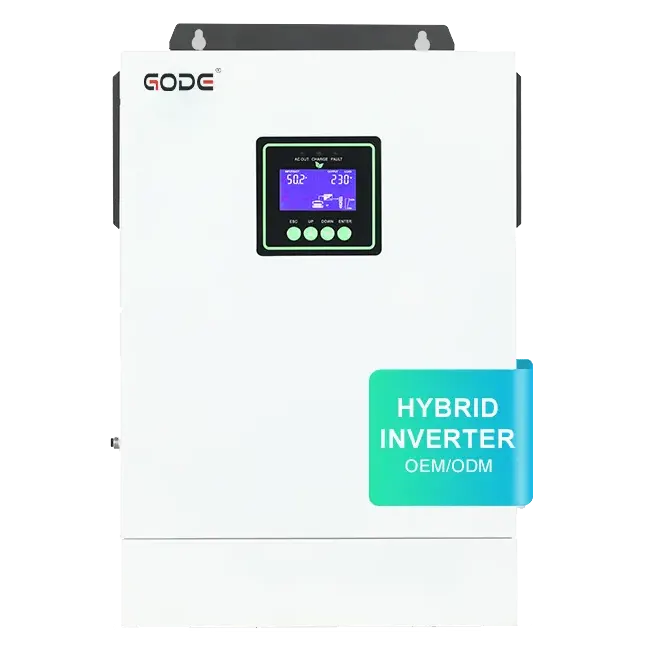
How does a solar inverter work?
Solar panels generate DC electricity when sunlight hits them. This DC power cannot be used directly in most electrical appliances, so solar inverters step in to convert this energy into AC power.
Main functions of solar inverter
DC reversed to AC
The most basic function of a solar inverter is to invert DC power into AC power so that it can be used in the home or in commerce and industry.
Power quality optimisation
The solar inverter needs to keep the output voltage constant and in line with the grid voltage during operation. In addition, the AC output from the inverter should be sinusoidal to comply with grid standards and the requirements of the power-using equipment.
Improve the efficiency of the entire solar power system
The solar inverter has an MPPT function that monitors the output power of the solar panels in real time and adjusts the operating point to obtain maximum power output.
Security and Protection
Solar inverters are equipped with anti-islanding detection, which is required to quickly detect the situation and stop supplying power to the grid when there is a failure in the grid resulting in a blackout. At the same time, solar inverters are able to monitor the operational status of the system in real time and protect the system from further damage by shutting down or sounding an alarm in the event of a fault.
Types of solar inverters
Solar inverters can be classified into string inverters, micro inverters and hybrid inverters according to the connection method.
String Inverter
String inverters connect multiple solar panels in series to one inverter and are usually used in residential systems.
Micro inverter
Each solar panel is equipped with an inverter, typically used to optimise heterogeneous and partially shaded systems. The main applications are in complex environments such as shaded, multi-directional roofs.
Hybrid Inverter
Hybrid inverters combine the advantages of string and micro inverters and can be used in conjunction with solar panels and battery storage systems. They can not only convert DC power into AC power, but also have power storage functions.
How to choose a suitable inverter?
Choosing a suitable inverter requires comprehensive consideration of multiple factors, such as DC voltage adaptation, installation environment (indoor, outdoor, humidity, temperature), conversion efficiency, after-sales service, reputation, etc. Based on your budget and needs, consult a professional to ensure that the selected inverter meets your specific energy requirements.
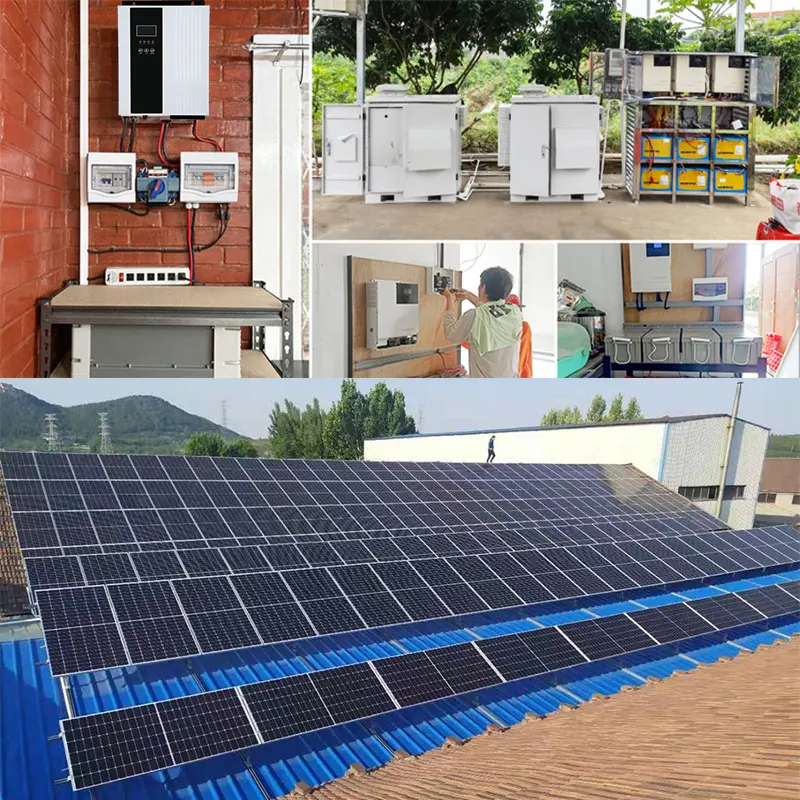
GODE can provide 2-20KW string inverters and hybrid inverters with MPPT function, up to 6 units can be connected in parallel, with a conversion efficiency of up to 99%. It can be used in complex environments such as indoors and outdoors, with a 3-year after-sales guarantee. Welcome to consult.
share

